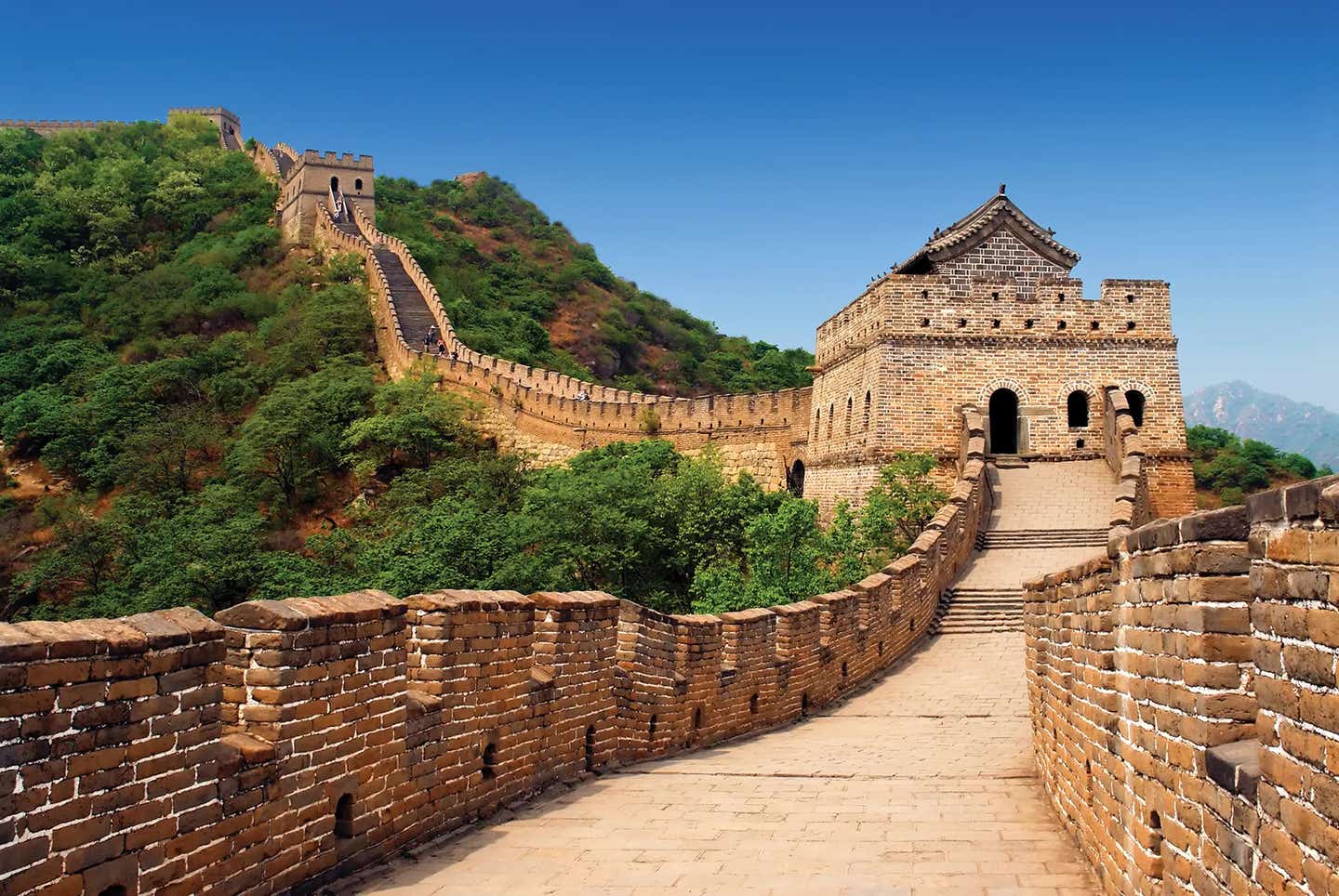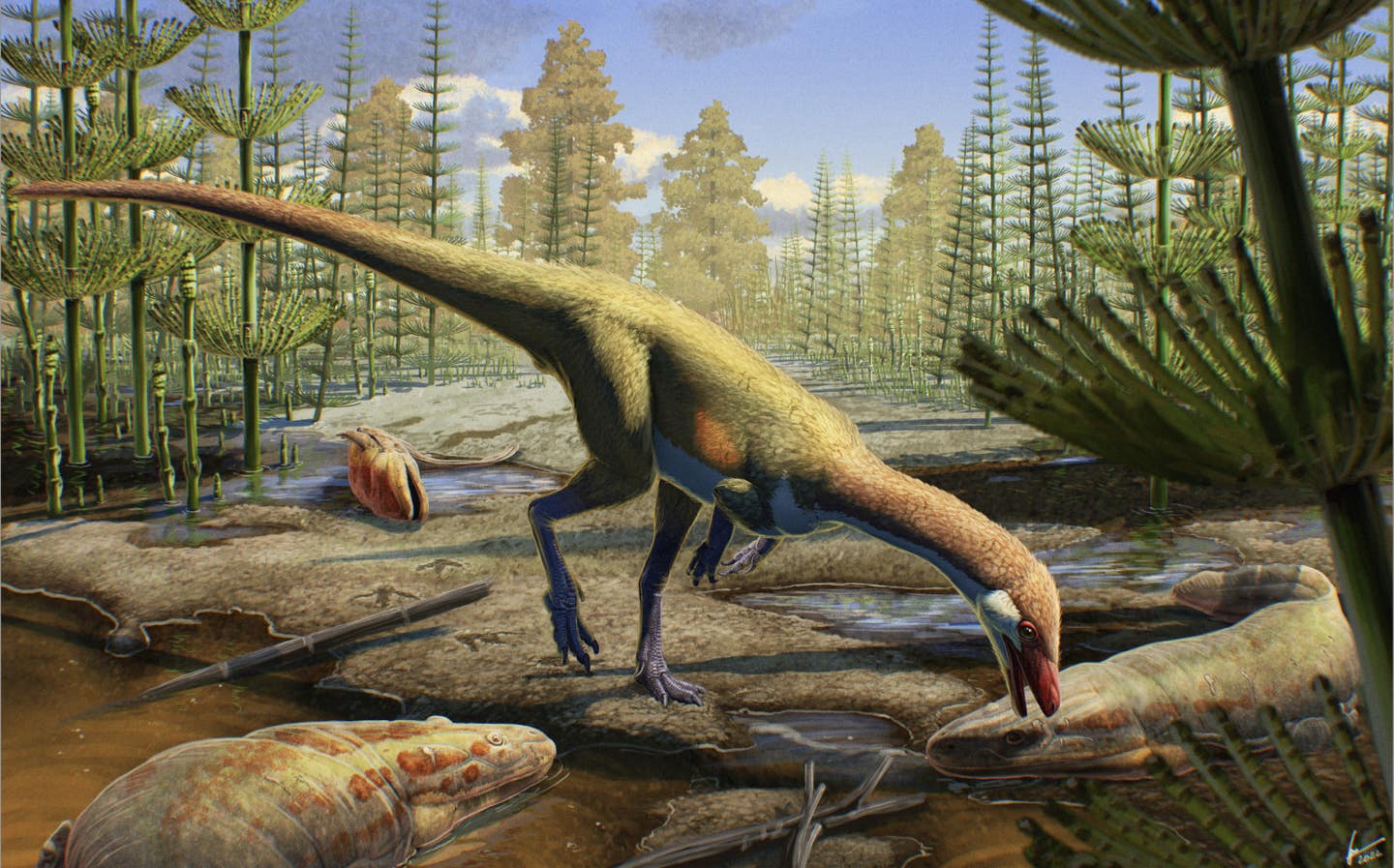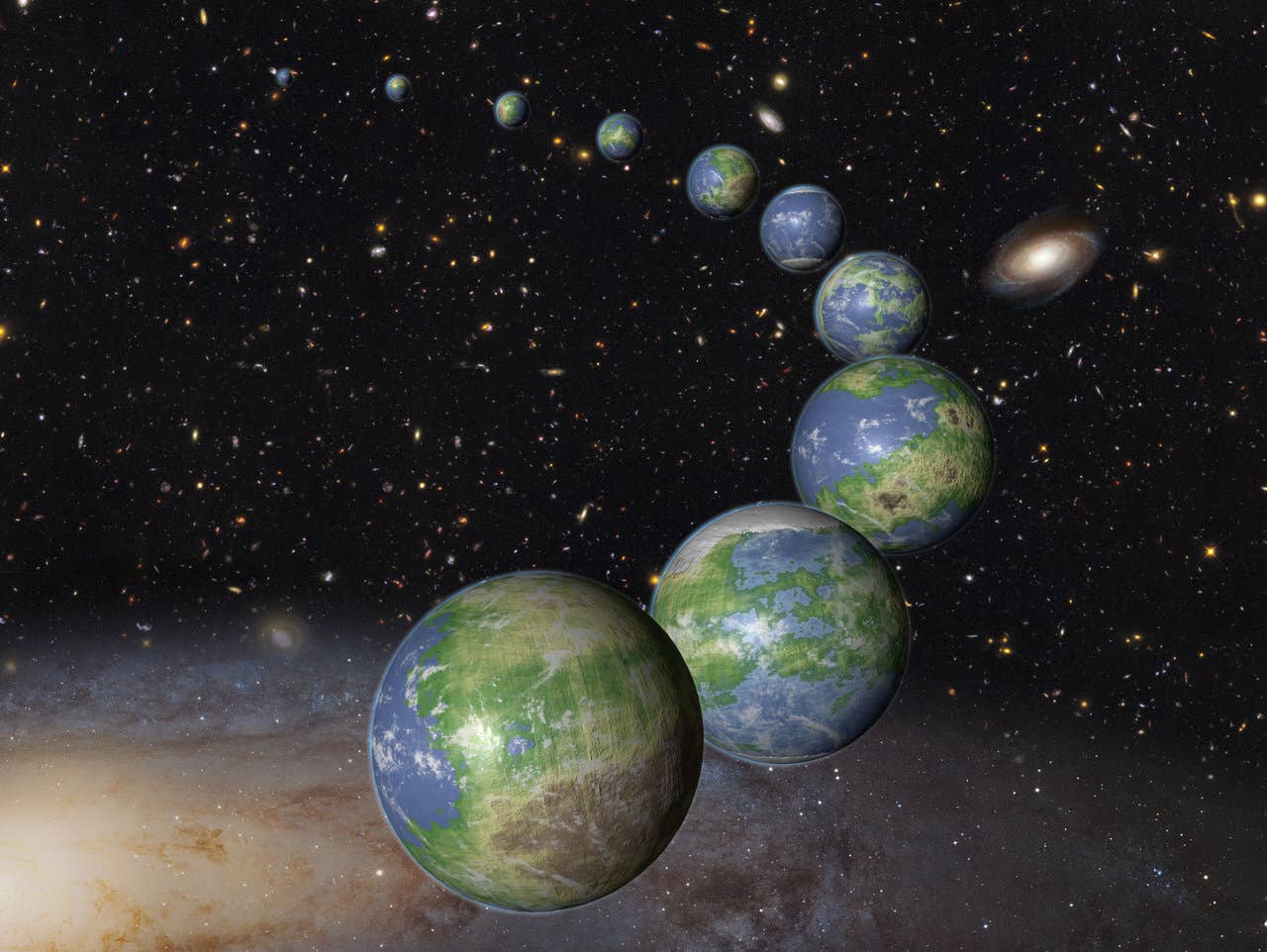How the Great Wall of China has stood strong for over 2,000 years
The Great Wall of China, an enduring emblem of ancient civilization, stretches across the northern borders, reflecting 2,000 years of history

The Great Wall of China spans the northern borders of the country, standing as a testament to more than 2,000 years of history. (CREDIT: CC BY-SA 4.0)
The Great Wall of China, an enduring emblem of ancient civilization, stretches across the northern borders, reflecting more than two millennia of history.
Despite its imposing presence, much of the Wall has crumbled over time, worn down by natural forces and human activity. What remains today is only a fraction of its original expanse, yet new research suggests that nature itself may be playing a role in its preservation.
Scientists have recently uncovered an unexpected ally in the Wall’s survival—biocrusts. These thin layers of bacteria, moss, lichen, and other microorganisms form protective coatings on the structure’s surface. Biocrusts act as a natural shield, reducing the impact of wind, rain, and other environmental stressors that contribute to the Wall’s deterioration.
A study published in Science Advances highlights the surprising role of these "living skins" in conservation efforts. Researchers are now considering ways to cultivate and expand biocrusts intentionally to slow the erosion of the Wall. By leveraging advances in technology and ecological restoration, scientists hope to develop new strategies to extend the life of this historical monument.
Nichole Barger, an ecologist at the Nature Conservancy, described the study as "innovative and creative," emphasizing that biocrusts have gained increasing recognition in recent years. These biological layers are already known for stabilizing dryland ecosystems and preventing soil erosion, making their protective effect on ancient structures an exciting new avenue of research.
Not all sections of the Great Wall are built from stone or brick. Large portions, particularly in arid regions, were constructed using compacted soil, or rammed earth. This material, while durable, is highly susceptible to deterioration from rainwater infiltration, wind erosion, salt crystal formation, and temperature fluctuations. Over time, these factors contribute to the weakening and collapse of earthen segments of the Wall.
Despite these vulnerabilities, rammed earth can also provide a suitable environment for biocrusts to thrive. Covering roughly 12% of the Earth’s land surface, biocrusts are especially prevalent in arid regions such as northern China, where they form a natural barrier against erosion.
Their composition varies, with some consisting of thin bacterial networks only millimeters thick, while others develop into thicker, more robust layers of moss and lichen.
To better understand biocrusts' role in preservation, soil scientist Bo Xiao from the China Agricultural University and his team conducted an in-depth investigation. They found that biocrusts, primarily composed of moss or cyanobacteria, covered more than two-thirds of the Great Wall’s surface in the study areas. This widespread coverage suggested a significant impact on the Wall’s stability and resilience.
Related Stories
By comparing the properties of biocrust-covered rammed earth with bare, unprotected soil, researchers made a remarkable discovery. The biocrust-covered sections exhibited greater structural integrity, resisting erosion more effectively than exposed areas.
The study found that biocrust-covered rammed earth was less porous and exhibited higher shear strength and compressive strength compared to uncovered sections. These properties help protect the Wall from degradation by reducing wind erosion, preventing water and salt infiltration, and enhancing the overall stability of the rammed earth.
Thicker biocrusts dominated by moss provided more protection than thinner ones dominated by cyanobacteria. Bettina Weber, an ecologist at the University of Graz, commended the study for exploring whether biocrusts' protective effects could extend to cultural heritage sites, suggesting their findings could pave the way for integrating biocrust research into various scientific fields.
Interestingly, this study challenges the common belief in heritage conservation that plant growth is harmful to buildings or archaeological sites. Matthew Bowker, the study’s author and an ecologist at Northern Arizona University, explained that the fear of plant growth primarily stems from potential damage caused by root systems, which biocrusts do not have.
However, despite their protective capabilities, biocrusts face their own threats. Recent studies have warned that climate change and intensive land use could cause many biocrusts to vanish, taking their protective benefits with them. This loss could have severe consequences for the Great Wall, especially with rising temperatures favoring thinner cyanobacterial crusts that require less water.
Efforts to restore damaged or depleted biocrusts are still in the research and development phase. Labs worldwide are exploring the possibility of stimulating biocrust regrowth, but understanding the timeframes required for different types to flourish in various climates and disturbance levels remains a challenge. Estimates for biocrust recovery range from years to centuries.
Nichole Barger suggested that intentionally cultivating biocrusts along a relatively small feature like the Great Wall could be more manageable than attempting to restore biocrusts across vast landscapes. Given the Great Wall's significance as "a cultural symbol of China and Chinese civilization," as noted by Bo Xiao, finding effective ways to preserve this site for future generations is imperative.
As researchers delve deeper into the protective potential of these tiny organisms, the Great Wall of China may continue to stand not only as a testament to ancient engineering but also to the resilience of nature’s unlikely protectors.
Brief History of the Great Wall of China
The Great Wall of China is a series of fortifications built to protect Chinese states from invasions and raids. Its construction spans over two millennia, beginning in the 7th century BCE and continuing through the Ming Dynasty (1368–1644 CE).
Early Walls (7th–3rd Century BCE)
The earliest walls were built by individual Chinese states during the Warring States period (475–221 BCE) to defend against rival kingdoms and northern nomadic groups.
Qin Dynasty (221–206 BCE)
After unifying China in 221 BCE, Emperor Qin Shi Huang connected and extended existing walls to form a unified defense system against the Xiongnu nomads. This early version of the Great Wall was made of tamped earth and wood.
Han Dynasty (206 BCE–220 CE)
The Han Dynasty extended the wall further west to protect the Silk Road trade routes from Central Asian threats.
Ming Dynasty (1368–1644 CE)
The most well-preserved sections of the Great Wall were built during the Ming Dynasty using bricks and stone. The wall was reinforced with watchtowers, barracks, and signal systems. It stretched over 13,000 miles at its peak.
Decline and Modern Recognition
After the Ming Dynasty, the wall fell into disrepair as the Qing Dynasty (1644–1912) expanded China’s borders beyond its protection. In the 20th century, efforts to preserve and restore sections of the wall began, leading to its designation as a UNESCO World Heritage Site in 1987.
Today, the Great Wall stands as a symbol of China's historical strength and cultural heritage.
Note: Materials provided above by The Brighter Side of News. Content may be edited for style and length.
Like these kind of feel good stories? Get The Brighter Side of News' newsletter.
Joseph Shavit
Head Science News Writer | Communicating Innovation & Discovery
Based in Los Angeles, Joseph Shavit is an accomplished science journalist, head science news writer and co-founder at The Brighter Side of News, where he translates cutting-edge discoveries into compelling stories for a broad audience. With a strong background spanning science, business, product management, media leadership, and entrepreneurship, Joseph brings a unique perspective to science communication. His expertise allows him to uncover the intersection of technological advancements and market potential, shedding light on how groundbreaking research evolves into transformative products and industries.



